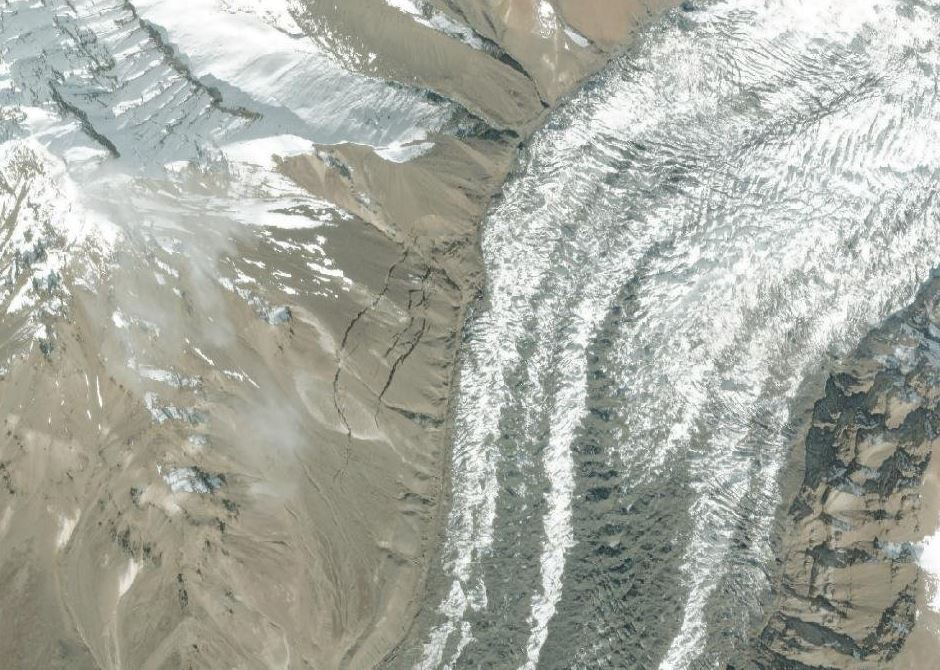23 March 2023
Planet animations of a paraglacial landslide on a tributary of the Klutlan Glacier in Alaska
Posted by Dave Petley
Planet animations of a paraglacial landslide on a tributary of the Klutlan Glacier in Alaska
A very interesting area of current research is the ways in which slopes are behaving in the vicinity of glaciers in high mountain areas. In most such environments, glaciers are retreating. There is some evidence that some slopes respond by deforming, possibly assisted by the thawing of permafrost at some times of the year.
Bretwood Higman, known as Hig, is a geologist and data scientist based in Alaska (there is a great profile of Hig on YourStory) who has been studying these processes for a number of years. Hig recently contacted me to highlight a site in Alaska, on a tributary of the Klutlan Glacier, that he has identified that is displaying very active deformation. The location is [61.4881, -141.1884] – there is a really good image on the Living Atlas site:-

A landslide on a tributary of the Klutlan Glacier in Alaska. Image from the Living Atlas site.
.
Hig has made the following observation about the landslide:-
In some ways this is a very typical landslide – a rotational failure with a very steep head scarp extending well beneath the surface of a thinning glacier. I’ve documented dozens of similar sites around Alaska. However, the retrogressive nature of the initial failure, opening huge tension cracks, is unusual. More typical would be antiscarps indicating a flexural topple.
Hig has put together a Planet animation that shows the development of the Klutlan Glacier landslide, which you can see here. It’s really cool:-
https://www.planet.com/stories/klutlan-trib-landslide-LruA13-VR
As you can see, the landslide started to develop in July 2022. Before the landslide disappeared below the winter snow, it was about 400 m from crown to the junction with the glacier and about 650 m wide.
It will be fascinating to see how this develops over the coming spring and summer – based on last years imagery of the area of the Klutlan Glacier, it is likely to start to re-emerge in April and May.
.
Acknowledgement
Thanks to Hig for his work on this great site.
Planet Team (2023). Planet Application Program Interface: In Space for Life on Earth. San Francisco, CA. https://www.planet.com/


 Dave Petley is the Vice-Chancellor of the University of Hull in the United Kingdom. His blog provides commentary and analysis of landslide events occurring worldwide, including the landslides themselves, latest research, and conferences and meetings.
Dave Petley is the Vice-Chancellor of the University of Hull in the United Kingdom. His blog provides commentary and analysis of landslide events occurring worldwide, including the landslides themselves, latest research, and conferences and meetings.
I wonder if the glacier moving the toe of the landslide has any effect on the upward progression of the scarp?